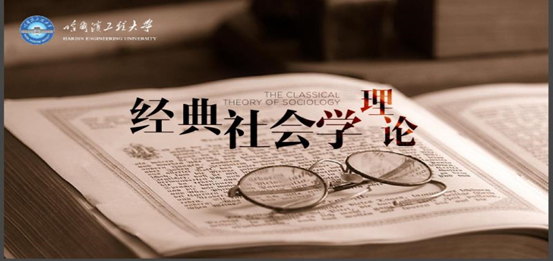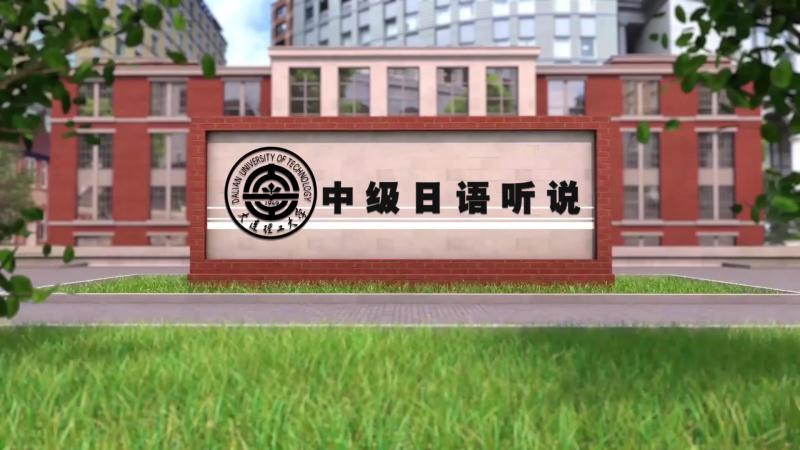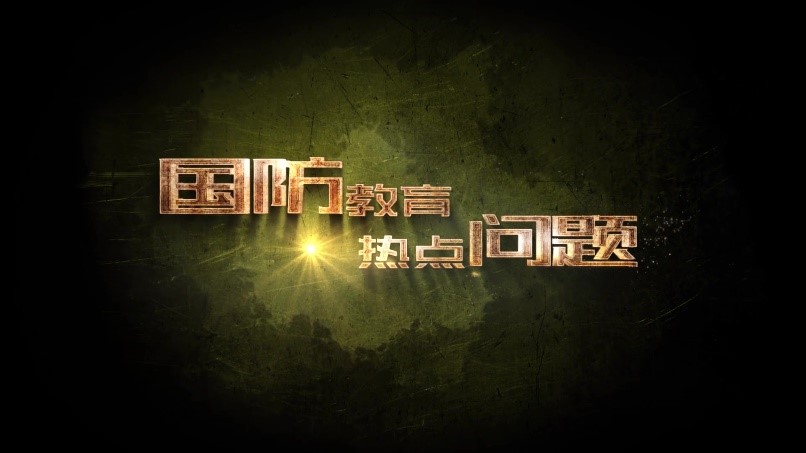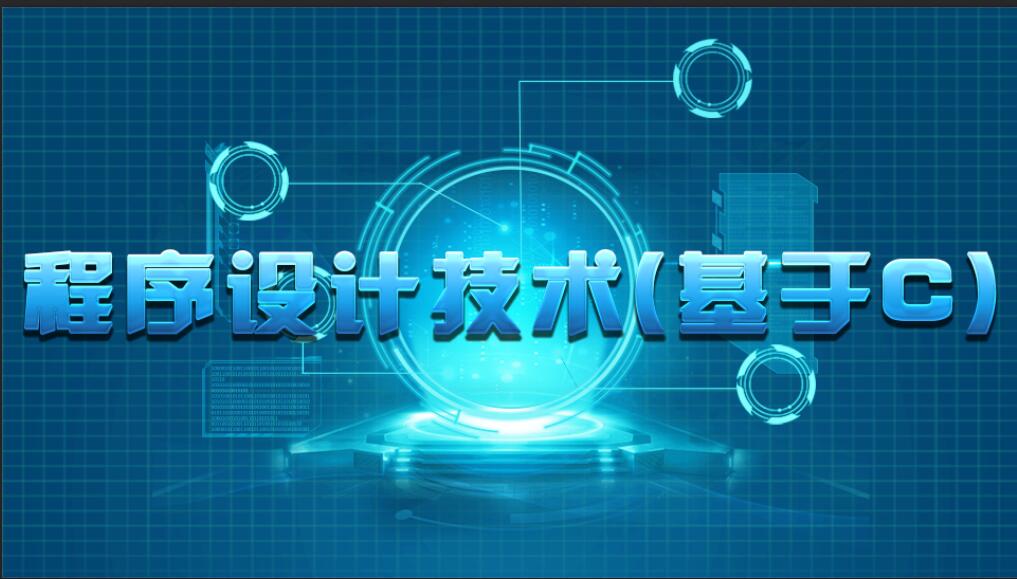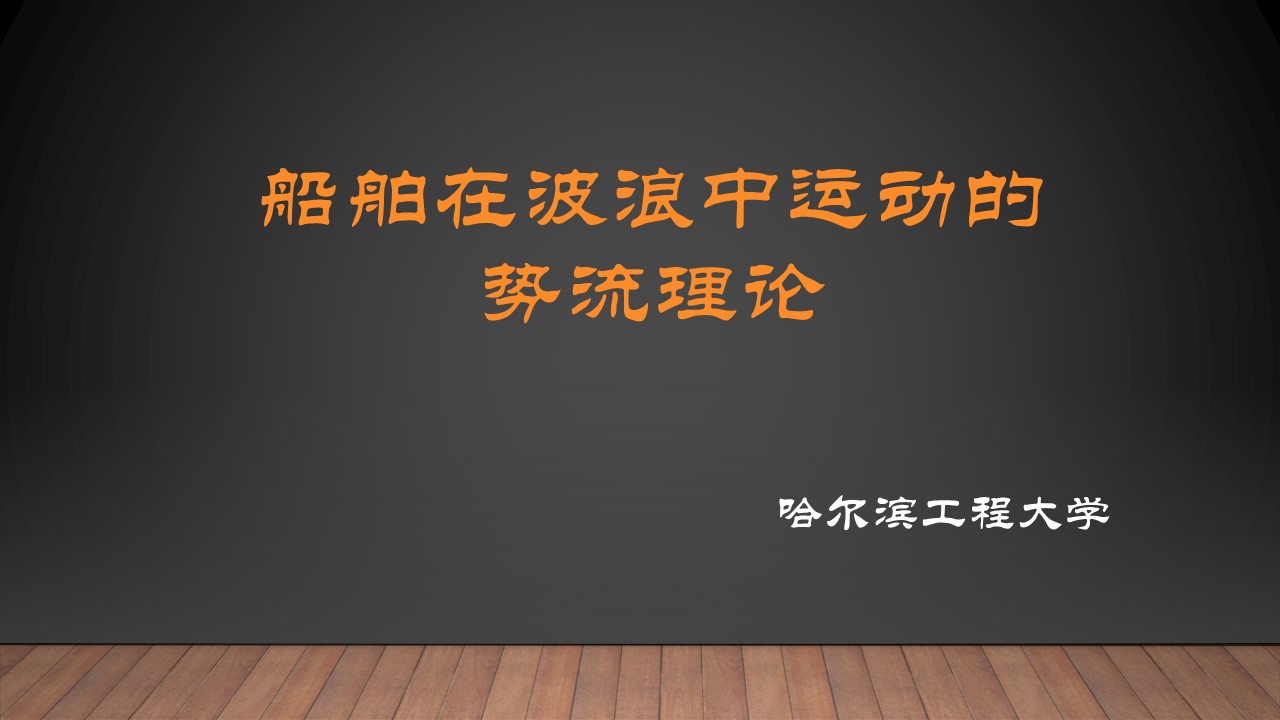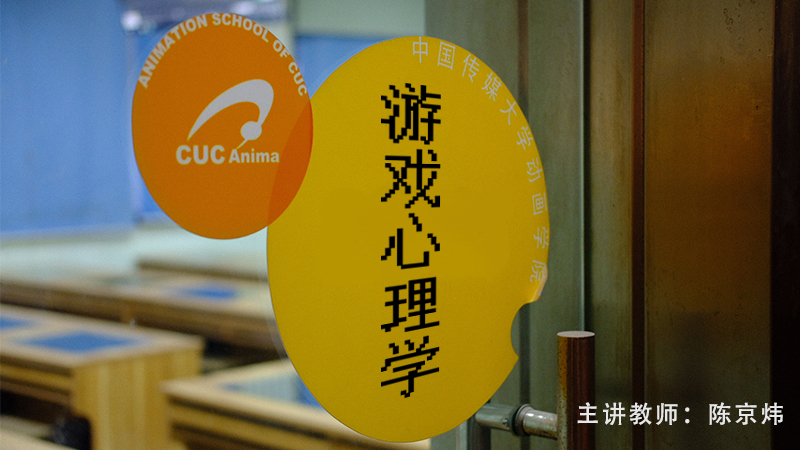
当前课程知识点:University Physics - Electricity and Magnetism > Chapter III Magnetic Fields > Lecture 30 Origin of the magnetic effect of materials > Lecture 30 Origin of the magnetic effect of materials
返回《University Physics - Electricity and Magnetism》慕课在线视频课程列表
返回《University Physics - Electricity and Magnetism》慕课在线视频列表
我有一个问题。为什么有的材料有磁性,而有的材料没有?
我们知道,磁场由电流产生,换句话说,磁场的源是电流。
因此,为了回答这个问题,我们必须从原子层面来探究产生物质磁效应的电流。
根据原子的经典模型,电子绕核作圆周运动。
我们理解电流就是电荷的定向移动。因此,绕核运动的电子形成了圆电流。
现在我们来定义轨道运动电子的等效电流。我们假设电子是作匀速率圆周运动的质点,以恒定速率v绕核运动,圆轨道半径为r.
应用电流的定义,电流为通过空间某一面积的电荷随时间的变化率,数学表达式为:I等于Q对时间t的导数,即单位时间内通过某一面的电荷。
因此,轨道电子的等效电流就等于电荷e除以周期T。
周期等于圆轨道的周长除以电子的速率。这样,我们就得到了与绕核运动的轨道电子相关联的等效电流I.
因此,我们可以得到与轨道电子等效电流相关联的磁偶极矩。
请回顾通有电流I的圆线圈产生的磁场。对于任一闭合电流环,我们定义磁偶极矩μ. μ =IA, 这里的A表示面积矢量。
面积矢量A垂直于线圈平面,大小等于线圈平面的面积。
通过右手定则,线圈中轴线上的磁场与磁偶极矩同向。
于是,通过代换I和A,可以得到电流环的磁偶极矩的大小。
由于电子的轨道角动量由此式给出,L等于mvr, 磁矩可以重新写成轨道角动量的表达式。
这个结果表明电子的磁偶极矩与它的轨道角动量成正比。
因为电子带负电,磁矩正好与角动量反向。两个矢量均与轨道平面垂直,如图所示。
但是我们还没有回答刚才的问题。所有材料都有电子,那为什么多数材料并非磁性材料?
实际上,在多数材料中,原子中一个电子轨道磁矩总是和另一个运动方向相反的电子的轨道磁矩相互抵消。
结果,对于大多数材料而言,由电子轨道运动产生的磁效应都非常小,或者几乎为零。
然而,在原子中,除了轨道运动产生的磁矩,电子、质子、中子和其它粒子都有一个内禀性质——自旋。自旋也会贡献原子的磁偶极矩。
如图所示,用经典的观点,我们把电子模拟为一个绕自身轴旋转的粒子。
量子理论给出由电子自旋引起的角动量S的大小。这里为普朗克常量。
自旋角动量S与轨道角动量的数量级相同。
这是一个电子自旋引起的磁偶极矩,我们称为玻尔磁子。因此,自旋磁矩可以表示为玻尔磁子的整数倍。
一个原子包含有多个电子,自旋方向相反的形成电子对。因此,自旋磁矩相互抵消。但如果原子中含有奇数个电子呢?
肯定存在未成对电子,导致自旋磁矩不为零。
因此,原子总磁矩应该等于轨道磁矩和自旋磁矩的矢量和。
这里我们注意到,质子和中子的自旋磁矩要比电子的自旋磁矩要小得,可以忽略不计。请大家想一想,这是为什么?
这一讲,我们从原子的角度探究了材料磁性能的根源。下一讲,我们将讨论取向有序化的磁偶极矩所产生的磁场。
-Lecture 1 Electric Charges
-Lecture 1 Electric Charges--作业
-Lecture 2 Coulomb’s Law
-Lecture 2 Coulomb’s Law--作业
-Lecture 3 Electric Fields
-Lecture 3 Electric Fields--作业
-Lecture 4 Evaluation of Electric Fields(I)
--Lecture 4 Evaluation of Electric Fields(I)
-Lecture 4 Evaluation of Electric Fields(I)--作业
-Lecture 5 Evaluation of Electric Field (II)
--Lecture 5 Evaluation of Electric Field (II)
-Lecture 5 Evaluation of Electric Field (II)--作业
-Lecture 6 Electric Field Lines
--Lecture 6 Electric Field Lines
-Lecture 6 Electric Field Lines--作业
-Lecture 7 Electric Flux
-Lecture 7 Electric Flux--作业
-Lecture 8 Gauss’s Law
-Lecture 8 Gauss’s Law--作业
-Lecture 9 Application of Gauss’s Law
--Lecture 9 Application of Gauss’s Law
-Lecture 9 Application of Gauss’s Law--作业
-Lecture 10 Electric Potential
--Lecture 10 Electric Potential
-Lecture 10 Electric Potential--作业
-Lecture 11 Evaluation of Electric Potential
--Lecture 11 Evaluation of Electric Potential
-Lecture 11 Evaluation of Electric Potential--作业
-Lecture 12 Finding E from V
-Lecture 12 Finding E from V--作业
-Lecture 13 Properties of a conductor in electrostatic equilibrium (I)
--Lecture 13 Properties of a conductor in electrostatic equilibrium
-Lecture 13 Properties of a conductor in electrostatic equilibrium (I)--作业
-Lecture 14 Properties of a conductor in electrostatic equilibrium (II)
--Lecture 14 Properties of a conductor in electrostatic equilibrium (II)
-Lecture 14 Properties of a conductor in electrostatic equilibrium (II)--作业
-Lecture 15 Dielectrics
-Lecture 15 Dielectrics--作业
-Lecture 16 Capacitor & Capacitance
--Lecture 16 Capacitor & Capacitance
-Lecture 16 Capacitor & Capacitance--作业
-Lecture 17 Capacitors with dielectrics
--Lecture 17 Capacitors with dielectrics
-Lecture 17 Capacitors with dielectrics--作业
-Lecture 18 Energy stored in a capacitor
--Lecture 18 Energy stored in a capacitor
-Lecture 18 Energy stored in a capacitor--作业
-Lecture 19 Magnetism
-Lecture 20 Current & Current Density
--Lecture 20 Current & Current Density
-Lecture 20 Current & Current Density--作业
-Lecture 21 Steady current & Electromotive force
--Lecture 21 Steady current & Electromotive force
-Lecture 22 Magnetic Fields
-Lecture 22 Magnetic Fields--作业
-Lecture 23 Charged Particle in a Magnetic Field
--Lecture 23 Charged Particle in a Magnetic Field
-Lecture 23 Charged Particle in a Magnetic Field--作业
-Lecture 24 Magnetic Force on a Current—Carrying Conductor
--Lecture 24 Magnetic Force on a Current—Carrying Conductor
-Lecture 24 Magnetic Force on a Current—Carrying Conductor--作业
-Lecture 25 Sources of a Magnetic Field
--Lecture 25 Sources of a Magnetic Field
-Lecture 25 Sources of a Magnetic Field--作业
-Lecture 26 Calculation of a magnetic field by applying the Biot-Savart Law
--Lecture 26 Calculation of a magnetic field by applying the Biot-Savart Law
-Lecture 26 Calculation of a magnetic field by applying the Biot-Savart Law--作业
-Lecture 27 Ampere’s Law
-Lecture 27 Ampere’s Law--作业
-Lecture 28 Application of Ampere’s Law
--Lecture 28 Application of Ampere’s Law
-Lecture 28 Application of Ampere’s Law--作业
-Lecture 29 Gauss’s Law in Magnetism
--Lecture 29 Gauss’s Law in Magnetism
-Lecture 29 Gauss’s Law in Magnetism--作业
-Lecture 30 Origin of the magnetic effect of materials
--Lecture 30 Origin of the magnetic effect of materials
-Lecture 30 Origin of the magnetic effect of materials--作业
-Lecture 31 Magnetization
-Lecture 31 Magnetization--作业
-Lecture 32 Magnetic Materials
--Lecture 32 Magnetic Materials
-Lecture 32 Magnetic Materials--作业
-Lecture 33 Faraday’s Law
-Lecture 33 Faraday’s Law--作业
-Lecture 34 Motional EMF
-Lecture 34 Motional EMF--作业
-Lecture 35 Induced Electric Field
--Lecture 35 Induced Electric Field
-Lecture 35 Induced Electric Field--作业
-Lecture 36 Generators
-Lecture 36 Generators--作业
-Lecture 37 Inductance
-Lecture 37 Inductance--作业
-Lecture 38 Energy in a Magnetic Field
--Lecture 38 Energy in a Magnetic Field
-Lecture 38 Energy in a Magnetic Field--作业
-Lecture 39 Maxwell’s Equations
--Lecture 39 Maxwell’s Equations
-Lecture 39 Maxwell’s Equations--作业
